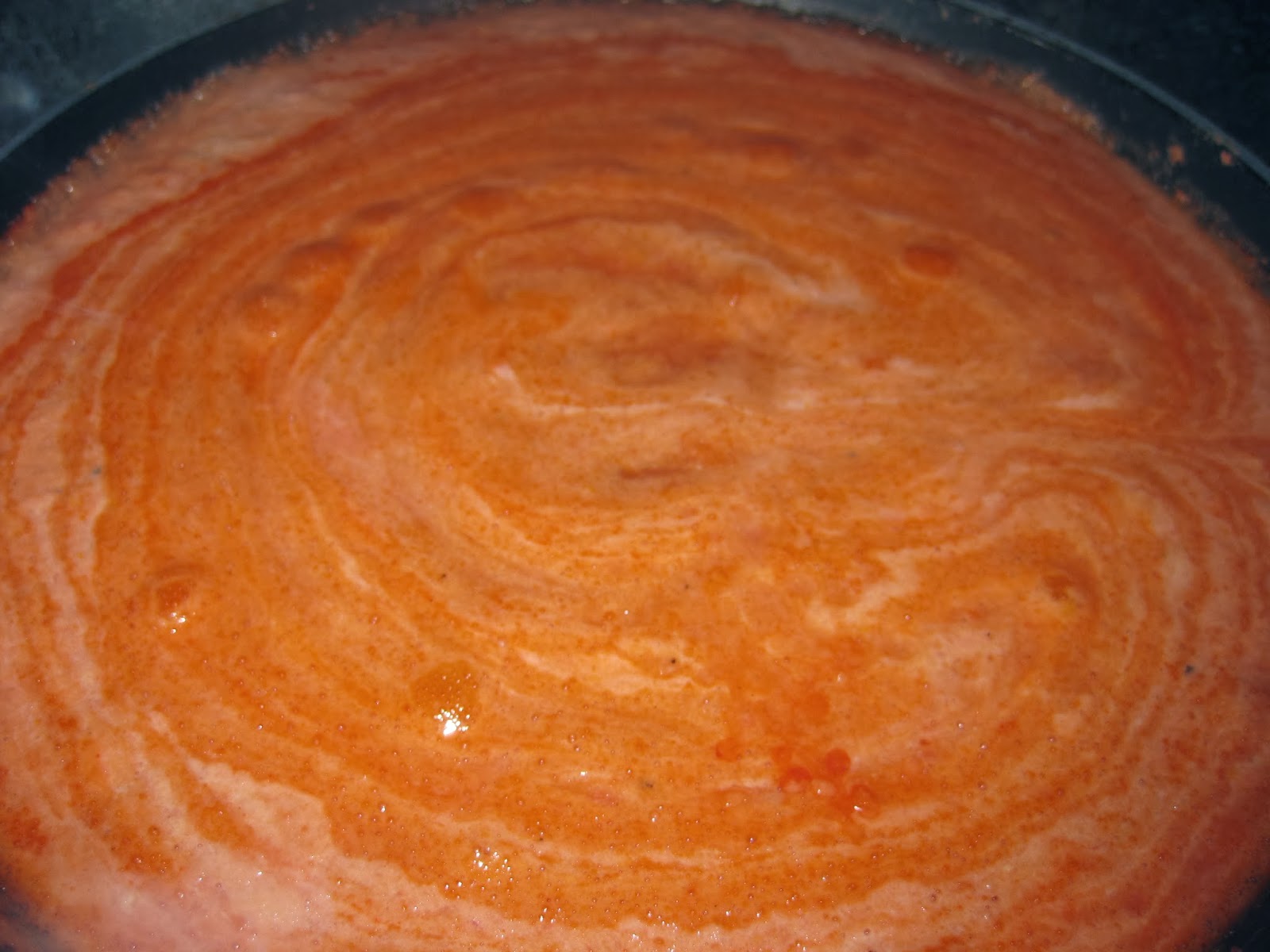Pasta is perhaps one of the foods I cannot live without. First, because it is so versatile. It can go with any kind of sauce or even without. Second, it is more nutritious than plain rice and fills up the tummy just right. Lastly, it is not boring to eat because it is available in all sorts of shape.Cooking stored brought pasta is very economical and quite easy but not everyone knows the satisfaction of eating freshly prepared pasta.
The pasta maker has been a mainstay in my wishlist for so many years that I almost gave up on hoping to have one. Then the moment I have been dreaming just came. Voila! I have my pasta maker right in front me! And it comes complete with a pasta cutter!
Like the food it was supposed to make, the pasta maker can be used not only for pasta but for a lot of things also. But I have to try it first with pasta itself. Of course, I have my faithful sidekick and taste tester in tow, we began our task of making pasta by installing our machine. Since we were so excited to begin, we cannot decide where we want to work so we settled for the dining table since it was big enough to make pasta.
We mixed an egg in 1 cup of flour (you can use any kind in my opinion, whatever is accessible to you) and a pinch of salt. Just make a well and put the whole egg, break the yolk and just mix it with a fork. Kneading it a little but not too much. It is ideal to work with a small batch of dough, first, like a cup or two of flour. It is hard to work with a big batch since the dough might dry up a little, making it harder to work on it. If the dough is too wet, just put little flour. If it is too dry, put a little water.
After we knead the dough, we are now ready to run it through the machine. But before using it, we should run a small scrap of dough through it to get rid of dirt, oil and other contaminants. Because we cannot wash the machine, it might turn rusty, we do this instead of wash it. Then discard the piece of dough. We ran the dough through the pasta maker, starting with the thickest setting first. We ran it through the machine until we reached the thickness we want.
We tried to make a bog batch of pasta but it became very long when we reached the thinness we want, it was hard to hold the pasta. The dough we have not processed yet was drying up while waiting for its turn in the machine. So, like what I have said, it is more ideal to prepare it in small batches.
 |
| My trusted sidekick |
The dough looked like a long sheet of pasta after running it in the machine. We then proceeded in making the shapes we wanted. I decided to make some fettuccine, spaghetti and lasagna. We used the pasta cutter in making the fettuccine and spaghetti.
 |
| The pasta maker |
The pasta in the photo is too perfect in my opinion. Anyway, The cutter attached to the pasta maker is where the thin sheet of dough is run though to make the spaghetti and fettuccine.
Fresh pasta can also be made with the use of a rolling pin. But I am impatient to do that. I tried it though but the pasta did not look so appetizing or I just don't have want it takes to make it manually. To make pasta with a rolling pin, the dough is rolled thinly. The pasta is constantly sprinkled with flour to make sure that it does not stick to the rolling pin, the table or the dough itself. It is task that needed perseverance.
So, there! That is how fresh pasta is made! We made our choice of sauces to match our freshly made pasta. Next stop, pies!





















